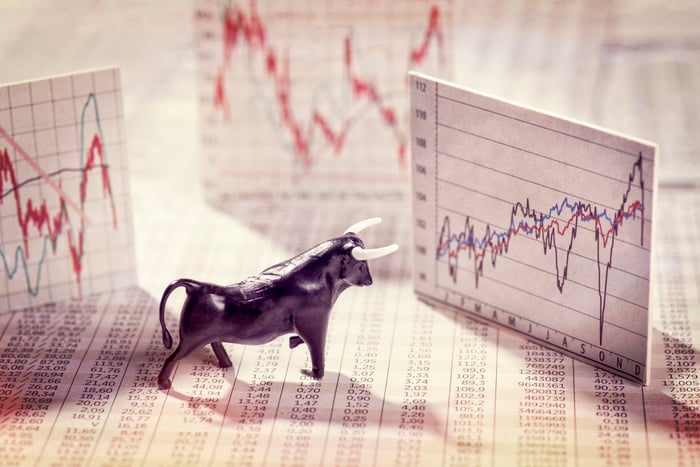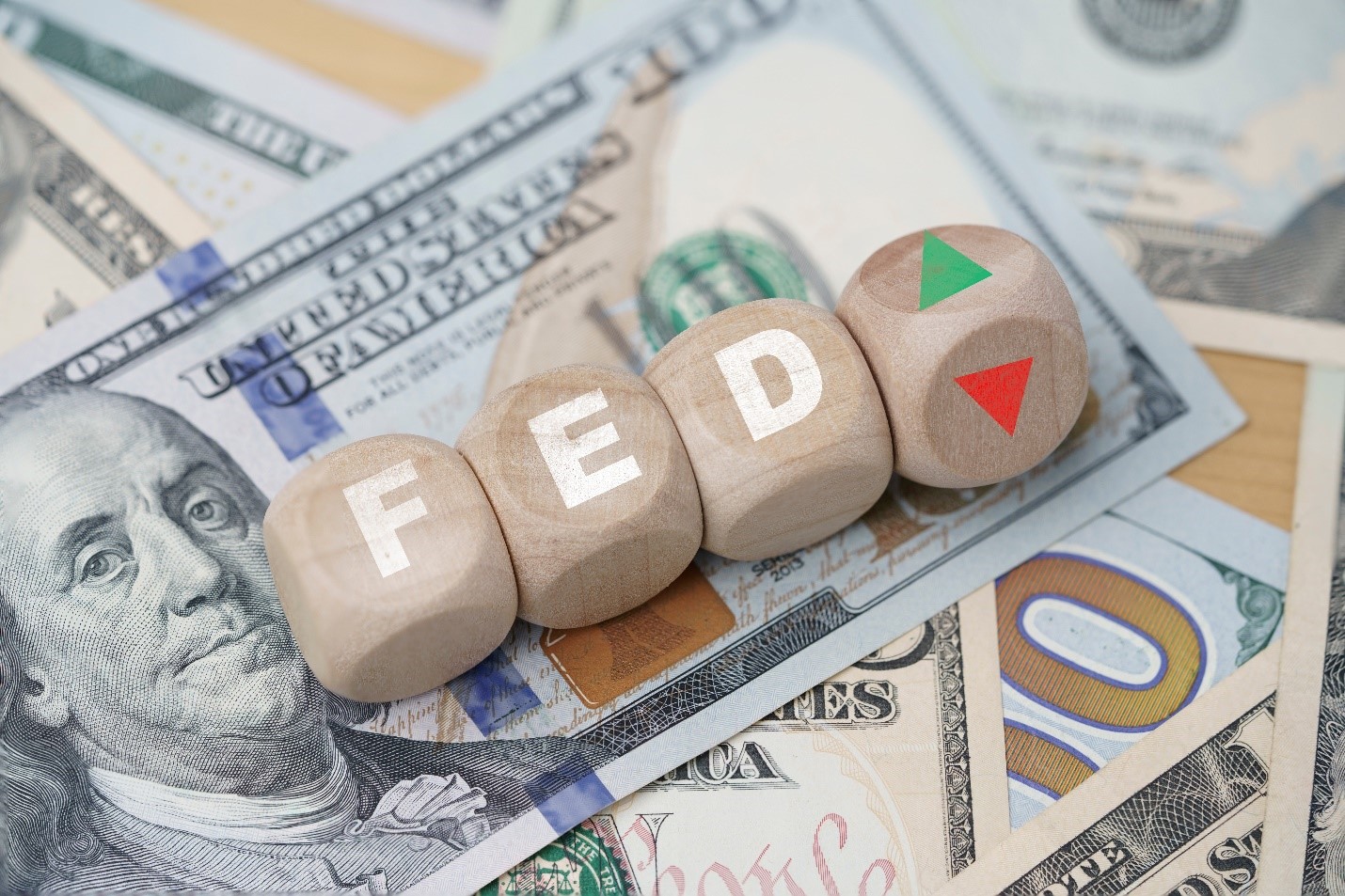I am not alone in this point of view. My former Far Eastern Economic Review colleague Christopher Wood (now global head of equity strategy at investment bank Jefferies) observed in a note to clients that the financial media continues to focus on the “endless chatter” around the US Federal Reserve.
However, this still pales in comparison to the “tectonic shifts” taking place in geopolitics. Financial markets, Wood suggested, are useless when it comes to discounting such changes—until, that is, they become impossible to ignore.
I can’t help but agree and, even within a more restricted frame of reference, many analysts have recently found fault with economic and financial developments.
They declared that the most recent bout of inflation would be “transitory”, which it was not. And they suggested that the resulting increases in interest rates would be short-lived, which was not the case.
Now, they’re speculating that rates will stay higher for much longer, which they almost certainly won’t. In any case, it matters little in the larger scheme of things compared to where stock markets and capital flows go from here.
This often forgotten fact is worth remembering at a time when the market has become so large in relation to the largest economy in the world, and when the quality and composition of some lists could be questioned.
With the Middle East on the brink, investors ignore geopolitical risks at their peril
With the Middle East on the brink, investors ignore geopolitical risks at their peril
The New York Stock Exchange and the Nasdaq are jointly capitalized at about 50 billion dollars since last year. Amazingly, this is equal to more than 170 percent of the gross domestic product of the United States.
The potential for harnessing this huge money machine for American consumption of imported and domestically produced goods and services is vast, not to mention the boost to spending and investment created by the wealth effect of stock prices.
Markets should be watching what’s happening to US stock indexes with the same laser-like intensity that they’ve been watching inflation and interest rate fluctuations. Where US stock prices go, so goes the global economy.
If, or more likely when, the stock market stumble turns into a continued slide, and when the slowdown in U.S. GDP growth seen in the first quarter of 2024 becomes a trend rather than a slide, the Biden administration could look for levers of fiscal and monetary stimulus. Despite the objections of the Fed.
Stock prices in general can be expected to become volatile at that time, although with the size of markets outside the US USA much lower relative to GDP (for example, China’s market capitalization is about 60 percent of GDP, according to CEIC data). the impact on economies other than the US will be more muted.
Will India’s economy continue to benefit from China’s own targets?
Will India’s economy continue to benefit from China’s own targets?
Recent readings from the US market have not been encouraging. After hitting all-time highs in March, prices retreated in April and generally gave the appearance of faltering. They have a “stale bull market” look to them.
This has caused commentators to return to their obsession with interest rates and inflation instead of turning their attention to faltering US GDP growth and nervousness about the technology-dominated nature of the stock market.
Anthony Rowley is a veteran journalist specializing in Asian economic and financial affairs
#Opinion #Suddenly #bull #market #doesnt #good






